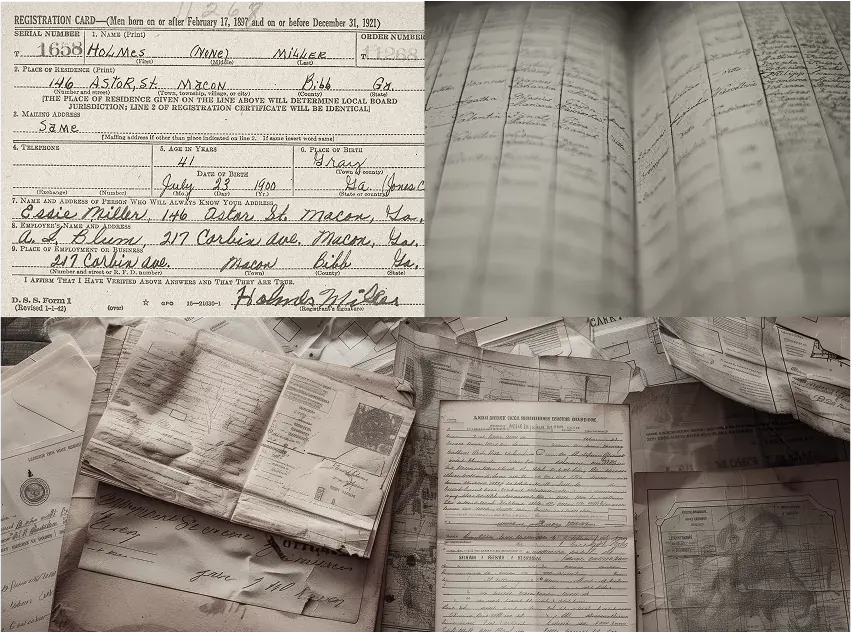Get Involved with
FamilySearch
Indexing
Help people discover their own family stories by making historical records searchable.

Since 1921, millions of people have found their ancestors because of records indexed by FamilySearch volunteers.
Why Indexing Matters
The names, dates, and places on historical records are nearly impossible to find until they get indexed. Indexing puts these details into a digital format and makes them easy to search online.

How Indexing Works
Historical documents—like birth certificates, military records, or censuses—contain important information about our ancestors' lives. Indexing makes those raw details findable on FamilySearch.
It's a 4-step process:
Camera operators take photographs of the historical records.
Trained camera operators visit libraries or archives around the world to capture digital images of the historical records stored there.
Images are scanned and transcribed using AI-technology.
Back at FamilySearch, special software is used to scan the images and transcribe names, dates, places, and other key details and organize it in a searchable database.
Read MoreVolunteers review and verify the transcription.
Volunteers check the transcription to ensure that the names, dates, and places match the information that appears in the image of the record.
New discoveries await at FamilySearch.
People searching for their ancestors can visit FamilySearch and quickly find records with new details about their family.
Featured Indexing Activities
Get involved by choosing one of these FamilySearch indexing opportunities.






